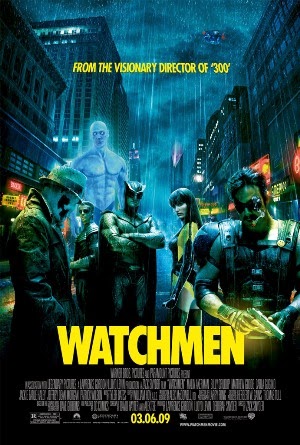 In this story we are introduced to an older Bruce Wayne who has retired the cape and cowl altogether, presumably after the death of the second Robin Jason Todd, based on the comments Bruce and Alfred made after the first battle with the mutant leader. When he was in said battle, Batman had found himself bested. Beaten, and with his body failing him, Batman is practically all but defeated... until the brave/stupid heroics of "Carrie. Carrie Kelly... Robin."
In this story we are introduced to an older Bruce Wayne who has retired the cape and cowl altogether, presumably after the death of the second Robin Jason Todd, based on the comments Bruce and Alfred made after the first battle with the mutant leader. When he was in said battle, Batman had found himself bested. Beaten, and with his body failing him, Batman is practically all but defeated... until the brave/stupid heroics of "Carrie. Carrie Kelly... Robin."Carrie Kelly is introduced to us as a kid who's parents really don't care about her, or they just don't remember her since they are both usually stoned. Soon though, she is inspired, like many citizens of Gotham, by the return of the Dark Knight. Carrie takes to the mantle of Robin on her own after a chance encounter with Bats when she and a friend are attacked by Mutants. Then, she spends her allowance on a Robin Halloween costume and takes to the rooftops. Later, whilst trying to discern where she can find the Bat, she overhears a conversation about something big going down at the dump and heads over in the hope that "he might be there..."
 She eventually finds Batman locked in combat with the Mutant leader, taking a whopping beating from him. She sees him about to strike the finishing blow and can't take it anymore, she rushes in to try and stop him. Bruce, dazed and hallucinating, envisions the original Robin, Dick Grayson, in Carrie's place. It's at this point Bruce begins to reminisce about the days of old, whenever Robin would do something brash and stupid, and Bruce, would be forced to play one last winning move to save Dick. Grievously wounded, Batman has Carrie take him back to the Batcave, where she is officially bestowed the Robin title.
She eventually finds Batman locked in combat with the Mutant leader, taking a whopping beating from him. She sees him about to strike the finishing blow and can't take it anymore, she rushes in to try and stop him. Bruce, dazed and hallucinating, envisions the original Robin, Dick Grayson, in Carrie's place. It's at this point Bruce begins to reminisce about the days of old, whenever Robin would do something brash and stupid, and Bruce, would be forced to play one last winning move to save Dick. Grievously wounded, Batman has Carrie take him back to the Batcave, where she is officially bestowed the Robin title.Carrie Kelly is quintessential to this book as Robin is quintessential to Batman. The role of Robin is very important for two specific purposes: It provides The Dark Knight, a motivator, a reason to keep on fighting whenever he's at the end of his rope to save the poor kid; and it reassures him that what he does is working. Robin is symbolic of the meaning of Batman, to inspire ordinary people to rally to arms for what they believe in and by having a Robin by his side Batman is constantly reminded of his own importance to the world.
Frank Miller reinforces the pathology of Batman by giving him a Robin who is symbolically relevant to the people of Gotham. She is the first of many of Batman's disciples and her appearance as Robin symbolically completes the true return of the Dark Knight.








